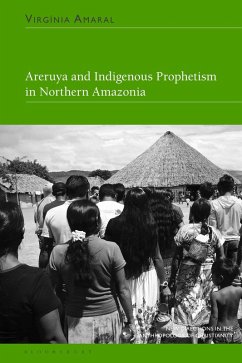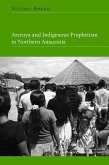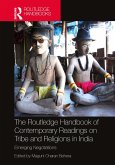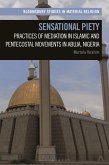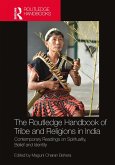Based on four years of ethnographic research, this book discusses the presence of Christianity on Areruya, an indigenous religious movement practiced by the Ingarikó in Northern Amazonia.
Tracing the role of 19th-century missionaries in the region, the book shows how shamans started to announce the coming of a cataclysm, associated with the promise of indigenous salvation in Christian paradise and the acquisition of the colonizers' goods. It also explores how the ancient mythological elaboration of salvation after death was reinforced through both an appropriation of some aspects of Christianity and the development of a very violent form of shamanism, which epitomizes the evilness ascribed to the human condition on earth.
Virgínia Amaral offers a valuable reflection on cultural transformations, revealing how Areruya is not only a shamanic appropriation of Christianity, but also an indigenous and ritualized interpretation of colonization.
Tracing the role of 19th-century missionaries in the region, the book shows how shamans started to announce the coming of a cataclysm, associated with the promise of indigenous salvation in Christian paradise and the acquisition of the colonizers' goods. It also explores how the ancient mythological elaboration of salvation after death was reinforced through both an appropriation of some aspects of Christianity and the development of a very violent form of shamanism, which epitomizes the evilness ascribed to the human condition on earth.
Virgínia Amaral offers a valuable reflection on cultural transformations, revealing how Areruya is not only a shamanic appropriation of Christianity, but also an indigenous and ritualized interpretation of colonization.

